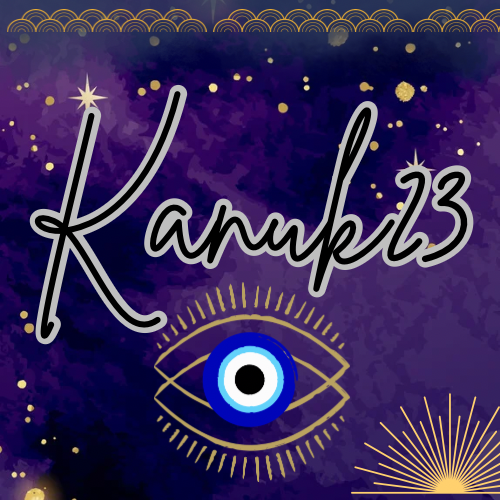
Kanuk23
- Kanuk23.Designs

- Oct 15
- 2 min read
My deepest fascination has always been with books—not just their stories, but everything about them as objects and experiences. As a child, I would lose myself in their pages, spending hours admiring the layout, fonts, cover art, and how text and illustration worked together. The feel of a well-designed book in my hands sparked a passion for both writing and design, a dual interest that would guide my path for years.
When I started writing my own stories, I quickly realized my creative urge went beyond words. I obsessed over page arrangements, experimented with illustrations, and played with typefaces. Even without formal training, I sensed that design wasn’t just decoration—it shaped how people experienced a narrative. Bold titles, generous margins, and cover colors could influence a reader’s feelings about the story before they read a single line.
In school and early professional life, I continued to pursue writing while learning the principles of design: grids, hierarchy, and color theory. Working for an independent publisher exposed me to the challenges and joys of print—turning ideas into beautiful, physical objects. The constraints of print, from paper choices to budget, made every design decision matter. Nothing matched the satisfaction of holding a finished book that I had helped bring into being, blending storytelling and aesthetics.
But as technology moved forward, so did my curiosity. Digital books, apps, and websites started to change the way stories were shared and experienced. At first, I wondered if screens could offer the richness and intimacy of print. I soon realized digital design wasn’t a replacement—it was a new frontier for creativity and connection. Designing for digital formats meant learning about user flows, screen resolutions, and interactive elements. My book design skills—a sense for typography, layout, and rhythm—were surprisingly relevant in this new space, but now I had to consider usability, accessibility, and motion.
Transitioning into digital product design was both natural and challenging. I started small, experimenting with eBooks and learning basic web design principles. Collaborating with developers and UX experts taught me a new language: wireframes, prototypes, and user testing became my everyday vocabulary. Creating digital products meant thinking about how users interact and navigate, not just how they read and see.
This evolution changed my creative focus. Today, I design digital products—apps, platforms, and online publications—with the same eye for detail and love of narrative that guided my book work. I ask the same questions: What is the story? Who is the audience? How can design make this experience clearer, more engaging, and beautiful? In digital spaces, design is deeply collaborative and constantly evolving. I value the chance to blend my storytelling background with technical skills to create products that are both functional and memorable.
My journey from book lover to digital product designer has taught me that storytelling and design are never static. Each skill I learned along the way—writing, layout, illustration, interface design—builds upon the last. The tools change, but my goal remains the same: to craft experiences, whether printed or digital, that move and inspire people



Comments